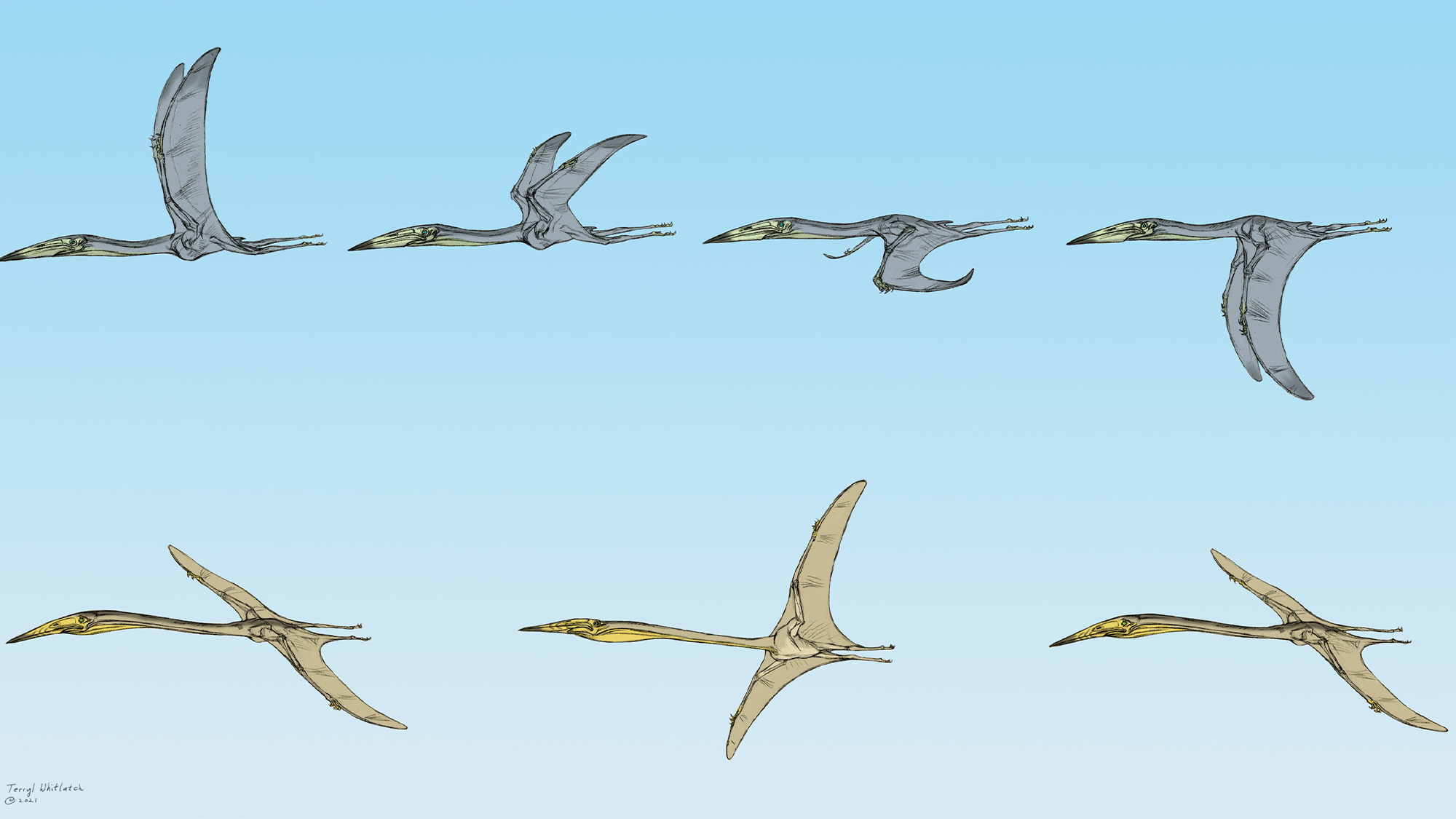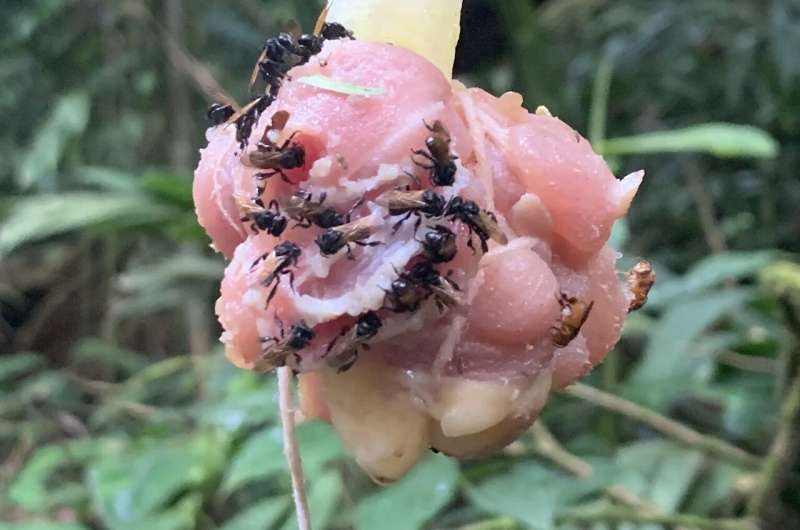Last week, the Lancashire Post carried a feelgood yarn about a great British success story. “It’s plane sailing for BAE Systems – with a little help from Carol Vorderman”, ran the headline, accompanied by a picture of the smiling former Countdown maths whizz sitting in the cockpit of a plane.
Lancashire’s biggest private sector employer had “designed and built a ventilator” to aid treatment in the coronavirus pandemic, and they’d done it with a bit of help from the beloved TV personality, who said that her small private plane had delivered some of the vital components.
You had to read to the end of the article to find out that, in fact, the world’s sixth largest arms-producing company had simply manufactured 2,700 ventilator parts, and that “ventilator design did not eventually go forward to full-scale production due to the drop in the need for ventilator technology”.
All of which represents another great day at the office for the communications team of a company that made $21bn in sales in 2018 – 95% of them to military customers – and whose Typhoon and Tornado aircraft have been key to devastating Saudi-led attacks on Yemen, which have killed thousands of civilians and contributed to what the UN calls a “humanitarian catastrophe”.
A key element of coronawashing is, of course, the performance – being seen to be supportive in the face of a national and global tragedy
The word coronavirus has entered our vernacular in the space of a few months – now it’s also swiftly become a shortcut to brand self-awareness and vague corporate caring, with many companies quick to jump on board. A Who’s Who of polluters, tax dodgers and outsource vultures are urging us to #StaySafe, pumping out soft-focus branded content that makes Forrest Gump look like an episode of Chernobyl.
In a neoliberal society in which private companies need to project an image of public-spirited compassion, a global pandemic means back-to-back strategy Zoom calls for corporate communications teams. The mission objective is: how do we look like legends without impacting our profits?
More than that, these are often businesses that helped create and profit from the weakened public services and diminished standards of living that the outbreak of Covid-19 has served to expose, and which have hampered the UK’s response. These feelgood pieces of PR, then, are exercises not just in making it look like corporations are fighting the crisis, but that they also are definitely not culpable in having helped worsen it.
We have become used to sportswashing, greenwashing, pinkwashing and even wokewashing. We are now in the first wave of coronawashing, in which corporations trip over themselves to clap for key workers, before packaging the footage up into moving nuggets of shareable content and promoting them on several social media platforms. In the background, these same companies are asking for government bailouts and taking advantage of a crisis to push for favourable legislation and the slashing of regulations that are more necessary than ever.
And so we have Holly Branson, doing her best Ivanka Trump, tweeting about Virgin ventilator design while her father, Richard, lord of the boomers, moves on from taking legal action against the NHS to pleading for government money.
Then we have HSBC, which, among much else, has been heavily fined in the US for facilitating tax evasion and money laundering and was found to have “helped clients dodge millions in tax”. The banking giant is now showing its caring side by filling newspaper advertising pages with messages of support in this time of crisis. Yet at the same time it has decided, at Ramadan, to block donations to a Palestinian aid charity.
Meanwhile, on YouTube, in a video entitled Thank You For Not Riding, plaintive piano lines soundtrack footage of ordinary people in their homes during pandemic. It’s not until you get to the end of this moving tribute to the common man that you realise it was made by Uber, a company with a litany of questionable work practices, which is now using coronavirus sick-leave measures to argue against giving its drivers employee status.
Examples of coronawashing are everywhere. Amazon, the selfless buddy who does a favour for you behind the scenes and then tells you and all your mutual friends about it, was recently “revealed” as a “mystery £250,000 donor to UK bookshops”. Amazon’s CEO Jeff Bezos makesmore than $8m every single day. His company has been deemed “worst” for aggressive tax avoidance and has long been widely blamed for the destruction of the very independent bookshops it is now so generously and mysteriously donating to.
A key element of coronawashing is, of course, the performance – being seen to be supportive in the face of a national and global tragedy. Primark donated “care packs” to staff at London’s new Nightingale hospital, established to treat coronavirus, but in Bangladesh it was cancelling production of $273m-worth of goods, leaving already immiserated workers destitute. (In the face of adverse publicity, Primark reversed its position.)
All of which recalls a line from, of all people, Peter Buffett, son of investor billionaire Warren. In an essay entitled The Charitable-Industrial Complex, Buffett described taking over some of his father’s philanthropic work and finding himself sitting around the table with power players “searching for answers with their right hand to problems that others in the room have created with their left”.
This is a neat description of the coronawashers: these corporations obviously weren’t responsible for the global pandemic, but they spent decades eviscerating the public sphere, which, in turn, has reduced the state’s ability to respond to large-scale problems. Now they hope to be patted on the back for throwing out some loose change and clapping the NHS (in an inspiring social media clip that you can like and share).
• Oscar Rickett is a journalist and writer









